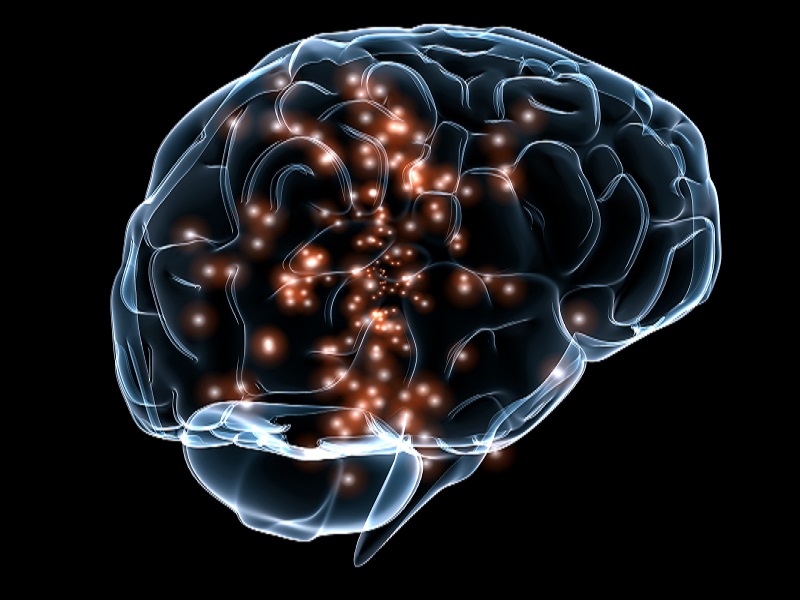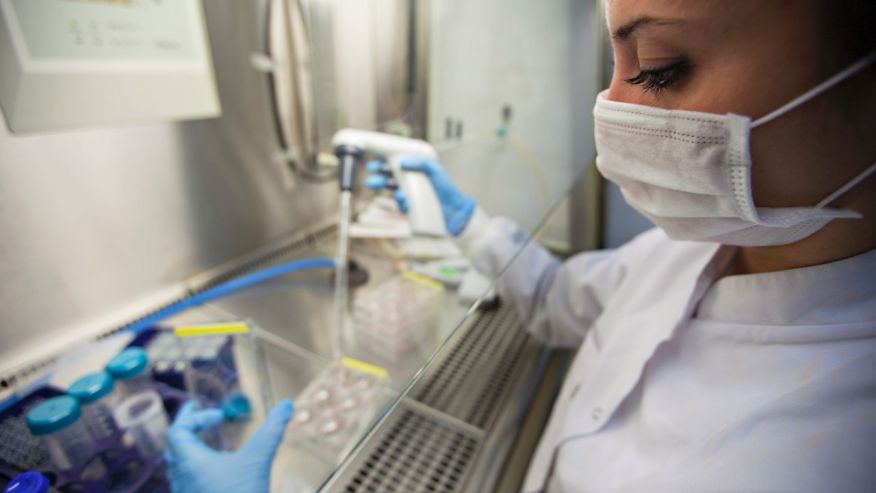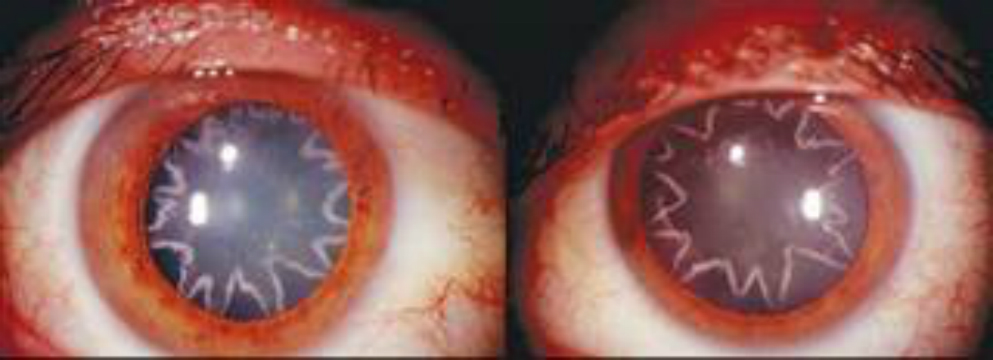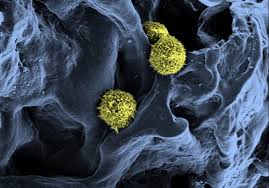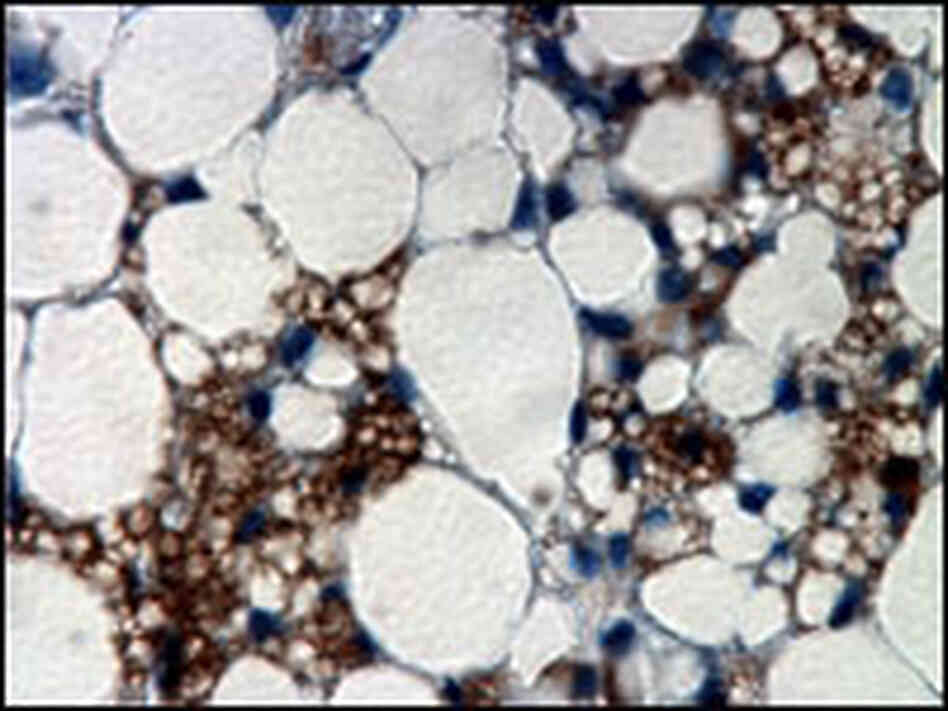
Feeling sluggish? Having a hard time getting out of bed in the morning? Gaining weight?
Many people with vague symptoms like these turn to dietary supplements that promise to jump-start metabolism by bolstering their thyroids with a mix of vitamins and minerals. Bladderwrack seaweed, iodine and an herb called ashwagondha are among the common ingredients.
But these over-the-counter products may also contain something that’s not so natural: thyroid hormones that should only be dispensed by prescription.
Researchers who tested 10 popular thyroid-boosting products sold online found that nine contained the hormones thyroxine (T4) or triiodothyronine (T3), sometimes both. The amounts varied, but in some cases the recommended daily dose contained amounts of thyroid hormone as high or higher than delivered by prescription medications, according to the report, published in November in Thyroid, a scientific journal.
At the recommended daily dose of four capsules, one supplement delivered 91 micrograms of T4 and 16.5 micrograms of T3, the researchers found. In clinical practice, the starting dose of T4 for patients with low thyroid function is just 25 micrograms a day; some older patients are given half that amount. A dose of 75 micrograms a day is sufficient to restore function in many petite women.
“This supplement could give you as much thyroid hormone as you get in a prescription drug or more,” said Dr. Victor Bernet, chairman of endocrinology at the Mayo Clinic in Jacksonville, Fla., and senior author of the study. He became interested in so-called thyroid-support supplements after seeing a patient with inexplicable test results. The patient eventually admitted that he had been taking a supplement that a friend recommended for “low energy.”
Thyroid disease is common — and more common in women, affecting one in 10 over age 50. Patients may suffer fatigue, lethargy and weight gain, but not everyone with those symptoms has the illness. Patients taking thyroid hormone should be checked regularly by a physician, Dr. Bernet said.
“Thyroid hormone has a narrow therapeutic window,” he said, and “it’s easy to go over or under” the optimal dosages.
Taking too much can disrupt the body’s ability to regulate hormone levels, and actually may trigger thyroid disease in a healthy person, Dr. Bernet said. Excessive doses of thyroid hormone also can cause anxiety, insomnia and emotional changes, as well as bone loss and serious heart problems.
Officials with trade groups that represent supplement manufacturers said they were troubled by the study’s findings and would welcome regulatory enforcement against what one called the “few bad actors” producing adulterated products.
“No dietary supplements should contain prescription drugs, period,” said John Shaw, chief executive officer of the Natural Products Association. “They are illegal and should be removed from the market,” he said, adding, “We don’t want dangerous products out there.”
Both Mr. Shaw and Duffy MacKay, of the Council for Responsible Nutrition, another supplement trade association, suggested the tested products did not represent all of them, even though nine of 10 contained detectable levels of medication.
Mr. MacKay, a naturopathic doctor, said most consumers do not use “obscure” products like thyroid-support supplements. “This is a real fringe category, the outsiders of the outsiders of the outsiders,” he said.
While the Food and Drug Administration can take action against unsafe supplements once they are on the market, the regulations governing supplements differ substantially from those for conventional medications, which go through extensive testing before approval. Under the Dietary Supplement Health and Education Act of 1994, supplement manufacturers are required to ensure that products are safe before putting them on the market.
An F.D.A. spokeswoman said the agency has stepped up enforcement in recent years, in one case issuing warning letters about widespread violations of good manufacturing practices at an Atrium Inc. plant in Wautoma, Wis., that makes red yeast rice and other supplements. She declined to say whether the agency would be investigating thyroid-support products.
Doctors are also concerned about iodine, an ingredient in about half the thyroid-boosting supplements. In order for the body to make thyroid hormone, it needs iodine, but excessive amounts of the element may be harmful, Dr. Bernet noted.
The recent study did not analyze the iodine content in thyroid-support supplements, but labels on five of the products listed it as an ingredient, with amounts of 100 to 240 micrograms in the recommended daily dose. The recommended daily allowance for adults is 150 micrograms (slightly more for women who are pregnant or breast-feeding). A teaspoon of iodized salt contains 400 micrograms.
For iodine, as for thyroid hormone, Dr. Bernet said, there is a “sweet spot” in the diet; too much or too little may be harmful.
He and his co-authors did not make it easy for consumers who want to avoid supplements contaminated with thyroid hormone: The published paper did not identify the tested products.
Dr. Bernet’s advice was to avoid all of these supplements. “You can’t trust any of these things. You don’t know what’s in them.”
Source: the New York Times



